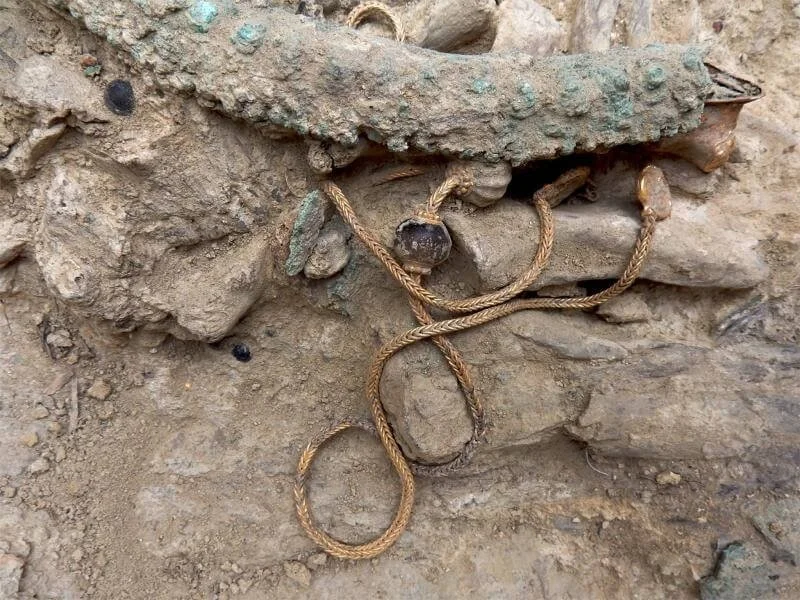Incredible archaeological discoveries have been made by Archaeologists when they accidentally came across a cache of ancient jades, bones, pottery, elephant tusks and colossal bronze specimens. This unexpected find of two "sacrificial pits" would become one of the most important archaeological discoveries of the 20th century, requiring historians to rewrite China's early history. The artifacts were dated to about 1800 BC, a period when the cradle of Chinese civilization was believed to be located 1,200 kilometers to the northeast on the Yellow River in China's central plain.
On the other hand, the bronzes cast at Sanxingdui were significantly larger than anything else seen before and also appeared very different. It is estimated that the Sanxingdui culture lasted more than 500 years before disappearing without a trace, leaving no written records or human remains. A further archaeological discovery was made in 2001, this time in the Chengdu town of Jinsha. This discovery provided possible clues to the riddle of where they may have gone. This exhibition will explore the huge conundrum of where this 3,500-year-old civilization could have originated, where and why they suddenly disappeared, and will present many of the key findings made from. Here are the most recent archaeological discoveries in China.






